Het arrangement Stercollectie Engels - grammar & vocabulary hv 2 - under construction is gemaakt met Wikiwijs van Kennisnet. Wikiwijs is hét onderwijsplatform waar je leermiddelen zoekt, maakt en deelt.
- Auteur
- Laatst gewijzigd
- 2016-01-19 12:33:27
- Licentie
-
Dit lesmateriaal is gepubliceerd onder de Creative Commons Naamsvermelding 3.0 Nederlands licentie. Dit houdt in dat je onder de voorwaarde van naamsvermelding vrij bent om:
- het werk te delen - te kopiëren, te verspreiden en door te geven via elk medium of bestandsformaat
- het werk te bewerken - te remixen, te veranderen en afgeleide werken te maken
- voor alle doeleinden, inclusief commerciële doeleinden.
Meer informatie over de CC Naamsvermelding 3.0 Nederland licentie.
Aanvullende informatie over dit lesmateriaal
Van dit lesmateriaal is de volgende aanvullende informatie beschikbaar:
- Toelichting
- overzicht grammatica stercollectie Engels leerjaar 2 hv en woordenlijsten. Dit overzicht wordt gedurende schooljaar 2015-2016 nog verder aangepast.
- Eindgebruiker
- leerling/student
- Moeilijkheidsgraad
- gemiddeld
Bronnen
| Bron | Type |
|---|---|
|
https://quizlet.com/111332742 https://quizlet.com/111332742 |
Link |
Gebruikte Wikiwijs Arrangementen
privé J.de Nijs. (2016).
Press and Media - grammar and exercises
https://maken.wikiwijs.nl/70354/Press_and_Media___grammar_and_exercises
privé J.de Nijs. (2016).
Press and Media - grammar explanation
https://maken.wikiwijs.nl/70358/Press_and_Media___grammar_explanation

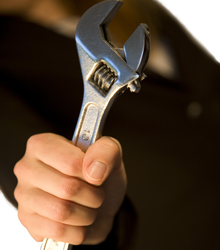
 t de present continuous door een vorm van
t de present continuous door een vorm van 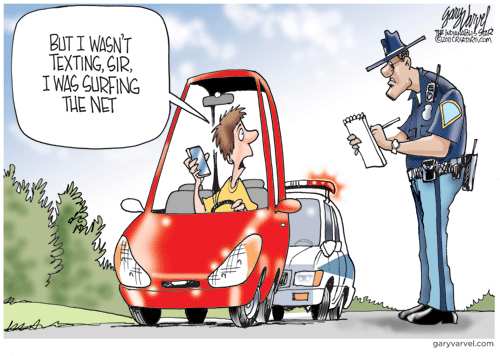 was.
was.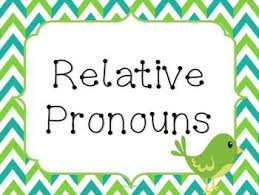 Relative pronouns (betrekkelijke voornaamwoorden).
Relative pronouns (betrekkelijke voornaamwoorden).
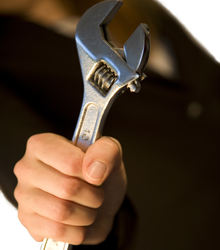 The imperative
The imperative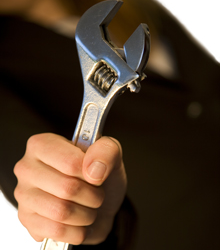 Going to-future
Going to-future
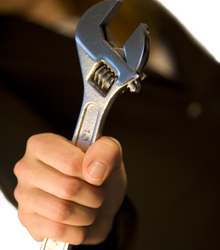 Active - passive
Active - passive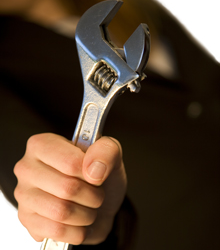 Past perfect
Past perfect